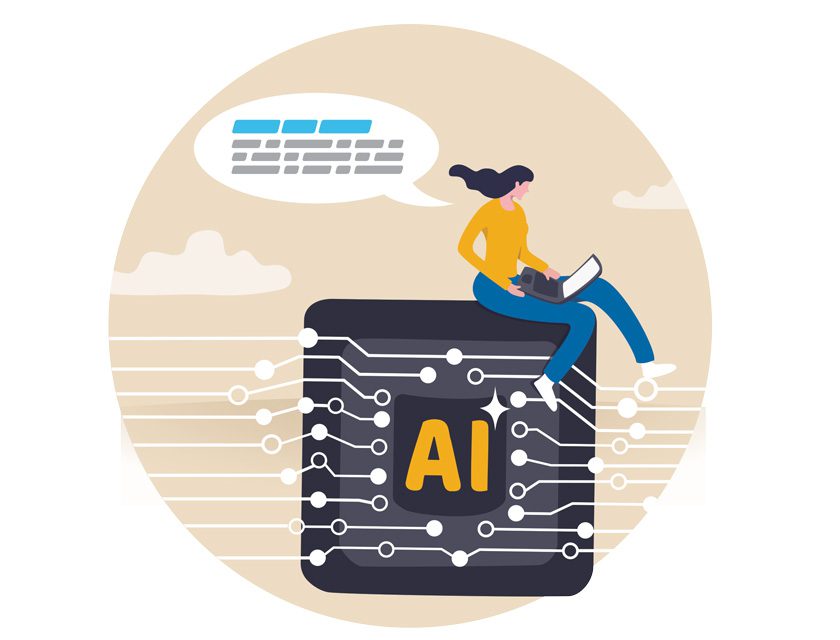
-
Save
AI-powered patent search tools are changing the way innovators access and unlock patents.
Information that once required expert knowledge of complex Boolean syntax is now accessible to anyone. Just type what you’re looking for, and the system interprets your intent.
Although this shift has democratized access to patent insights, it has also inadvertently bred the misconception that good results no longer require good questions.
There’s a growing expectation that AI-powered tools will deliver perfect results every time, no matter the input from the vague and non-descript to the most specific. When that doesn’t happen, technology gets blamed as faulty or insufficient.
In reality, much of the magic (and limitation) lies in how the prompt is constructed.
Specificity counts
Let’s say you’re craving spaghetti and meatballs for dinner. Would you type “pasta” into your web browser and expect to find the best Italian spot nearby?
No. You’d get specific: “Italian restaurant within 2 miles that serves pasta and is open past 8 p.m.” That query includes critical context: cuisine, location, hours of operation and dish type. It narrows the results to what you want.
A patent search works the same way. If you enter a single phrase like “foldable smartphone” into a semantic AI tool and expect a perfectly filtered list of results, you’re using the wrong approach.
Boolean searches are explicit and often unforgiving, demanding precision from the user. Semantic AI, by contrast, is powerful precisely because it can interpret nuance, relationships and context without the need for complex syntax, specialty language or lists of synonyms. But it needs your guidance.
The right prompt’s power
It’s tempting to see AI as a genie: Input your wish, and out pops the answer. But semantic search, especially in the high-stakes world of patents, is more akin to consulting a skilled researcher who understands subtleties but relies on you to frame the question with care.
Compare these two prompts:
“Expandable electronic device”
“Foldable smartphones with flexible OLED displays, hinge mechanisms and touch-sensitive input, published after 2012”
The first is vague; it’s the “pasta” of patent searching. The second is detailed, constrained and clear. It helps the AI zero in on what you really want.
Semantic search and your role
The real promise of semantic search is in its ability to surface related but non-obvious results, to find conceptually similar art. But this promise is only realized when users take the time to craft thoughtful, specific prompts, bringing their domain expertise and search intent to the process. Be sure to:
• Add context: Include features, applications, dates, or geographies.
• Be specific: Think of your prompt like an expert briefing, not a keyword dump.
• Iterate: Review your results, revise your prompt and try again.
If you bring clarity and domain knowledge to your prompt, the AI can return richer, more relevant results.
So the next time you open your semantic tool, don’t just type “pasta.” Treat your query like the key to unlocking smarter discovery.
Learn more at fluidityiq.com or linkedin.com/company/fluidityiq.
